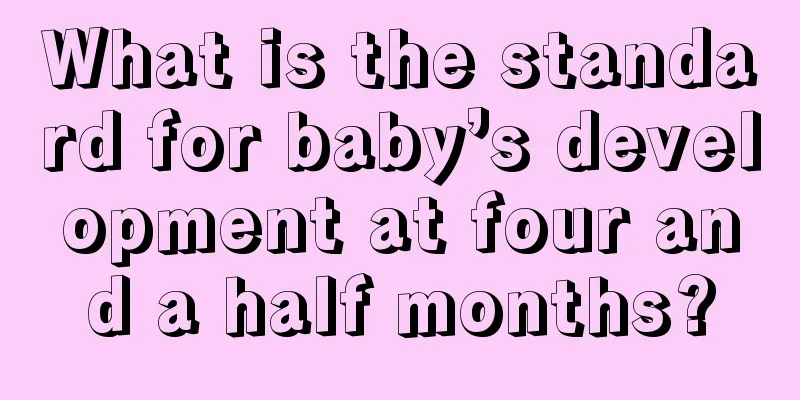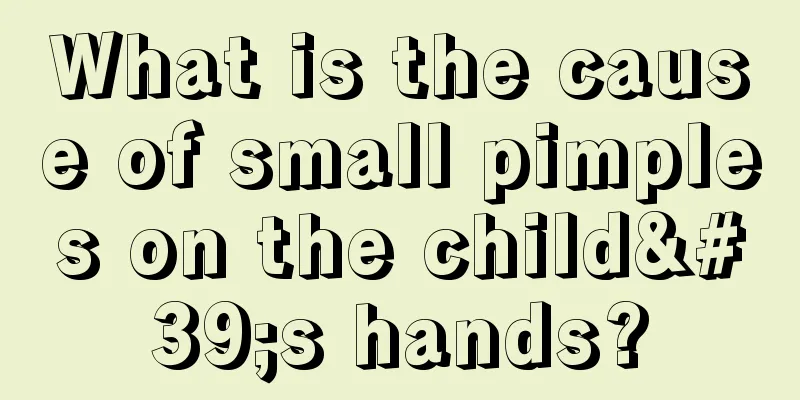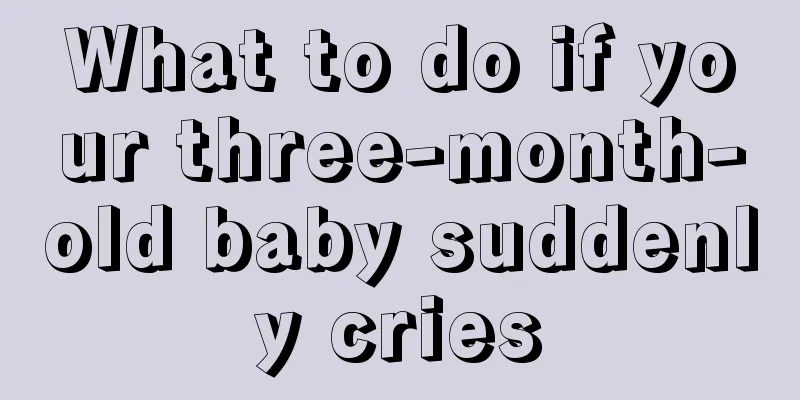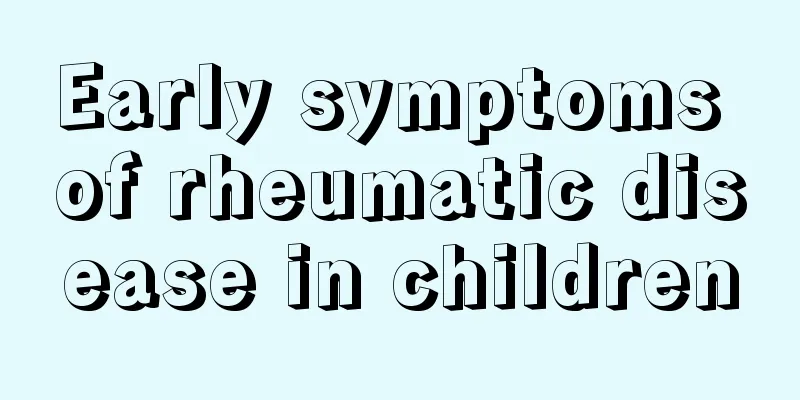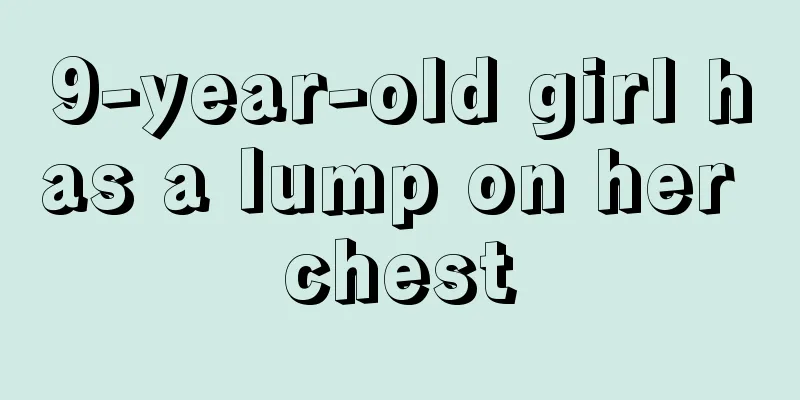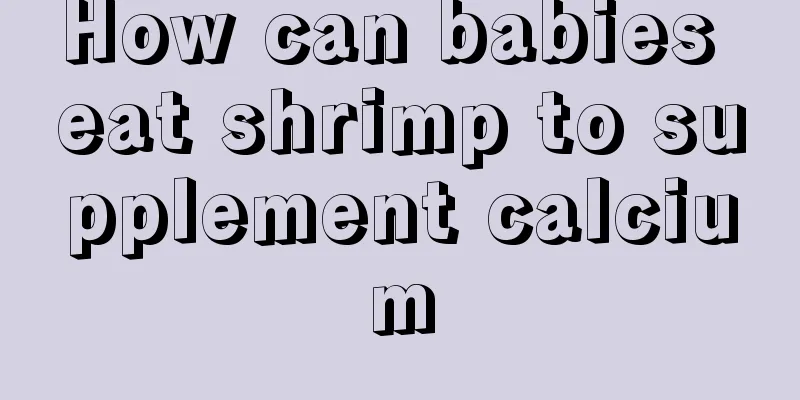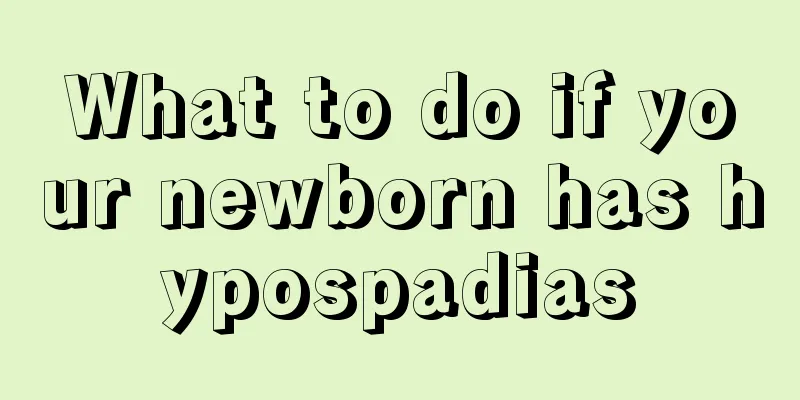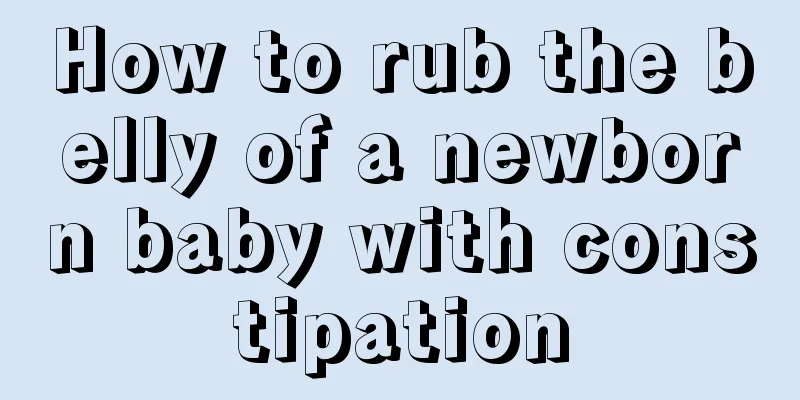What to do about childhood asthma?
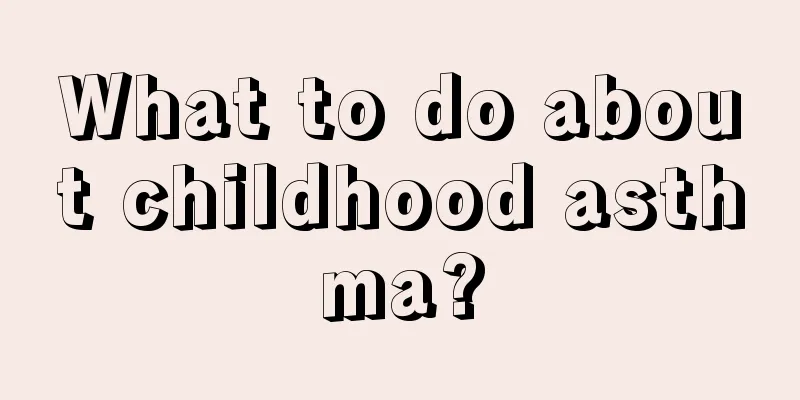
|
I believe everyone is familiar with the disease of asthma. When an attack occurs, you must take medicine in time. If it is serious, it may cause unexpected consequences. Children are one of the main groups of people suffering from asthma. We must treat them in time when they have this problem. We must treat them well in the early stages, otherwise the disease will become more and more serious. Today I will tell you about asthma. Bronchial asthma, asthma is a reversible, obstructive airway disease characterized by recurrent cough, wheezing and dyspnea, accompanied by airway hyperresponsiveness. Asthma is a common chronic respiratory disease that seriously endangers the health of children. It has a high incidence rate and is often manifested as a chronic course of recurrent attacks, which seriously affects the learning, life and activities of children, and affects the growth and development of children and adolescents. Many children with asthma eventually develop adult asthma due to untimely or improper treatment, and the disease is not cured, with impaired lung function. Some patients even completely lose the ability to move physically. Severe asthma attacks can be fatal if not treated promptly and effectively. The definition, etiology, pathogenesis, immunology, pathophysiology, diagnosis and treatment principles of asthma are basically similar in children and adults, but there are still differences between children and adults in some aspects of asthma. Children with asthma are in a continuous growth and development process in terms of intelligence, body, psychology and immune system. Especially in immunology and pathophysiology, childhood asthma has its own special aspects. The incidence of asthma around the world ranges from 0.1% to 32%, a difference of nearly 300 times. The reasons may be related to genetic genes, age, geographical location, climate, environment, race, industrialization, urbanization, interior decoration, living standards, eating habits, etc. The clinical manifestations may have an acute or slow onset. Infants and young children often have 1 to 2 days of upper respiratory tract allergy symptoms before the onset of asthma, including itchy nose, sneezing, clear runny nose, rubbing the eyes and nose, and gradually develop coughing and wheezing. In older children, the onset of the disease is often sudden, often starting with a coughing fit, followed by wheezing, difficulty breathing, etc. 1. Symptoms and signs during acute attacks The main symptoms of an acute asthma attack include coughing, sputum or gurgling sputum, wheezing, dyspnea, chest tightness, etc. The typical presentation is episodic expiratory dyspnea with wheezing. In mild attacks, paroxysmal cough and chest tightness are the main symptoms. During a severe attack, the child becomes restless, sits up to breathe, shrugs and gasps, has a pale face, flaring nostrils, blue lips and nails, cold sweats all over the body, and cannot speak coherent words. The "three-depression sign" is obvious, with abnormal chest and abdominal movements, thorax bulging, percussion sound is too clear, exhalation is prolonged, and most have widespread wheezing mainly in the expiratory phase. If the airway obstruction is severe, the breath sounds may be significantly weakened, while the wheezing sounds may weaken or even disappear. The heart rate increases, and signs such as distended neck veins and pulsus paradoxus may appear. In severe cases, heart failure may occur, resulting in widespread medium and small bubbling sounds at the lung bases, enlarged liver, and edema. The symptoms of an acute asthma attack can be relieved by bronchodilator treatment or spontaneously within a few hours to a few days. 2. Symptoms and signs during the interictal period: During the interictal period, all symptoms and signs of most children disappear. Some patients feel chest tightness and discomfort, and their lungs may have weakened breath sounds when auscultated, but there is often no wheezing. The Chinese Asthma Expert Research Group believes that "external burial and internal loosening" has fundamentally changed people's traditional thinking about asthma treatment, rewritten the history of asthma treatment, and enabled asthma patients to enjoy scientific, standardized and professional treatment. Its therapeutic effect is significantly higher than ordinary single treatment technology, and it is the latest scientific research and technological achievement in asthma treatment. This therapy perfectly combines traditional Chinese medicine theory with modern medical high-tech minimally invasive technology. It has four major breakthroughs, directly addressing the world's medical problem of recurrent bronchial asthma, raising human understanding of asthma to a high-tech platform, and opening up a new era in the treatment of respiratory diseases! It is still very necessary for us to understand some clinical symptoms of asthma and some obvious manifestations in the early stages of asthma. Everyone must pay attention to their health in daily life and try their best to take good care of themselves to keep those diseases away from us. |
<<: What should I do if my child doesn’t like taking naps?
>>: My child's eyes suddenly became swollen. What happened?
Recommend
Syndactyly in children
The physical development of children is affected ...
How is the vision of a full-month baby?
When a child is just born, parents still need to ...
What should I do if my child is infected with Chlamydia pneumoniae?
Nowadays, some children will be infected with Chl...
How to treat asthma in children?
As parents, we all hope that our children can gro...
What causes ear pain in children?
Some young children have problems with their ears...
Will roseola infantum cause diarrhea?
Roseola infantum is also commonly known as roseol...
What causes newborn hiccups?
Babies’ immunity is not as strong as that of adul...
What are the main symptoms of zinc deficiency in infants and young children?
Zinc deficiency in children is a topic that can n...
What are the symptoms of intellectual disability in a 2-year-old baby?
Generally speaking, when babies reach the age of ...
How to treat amblyopia in children?
We can see that more and more children are wearin...
Child vomits after eating too much
Vomiting can be a physiological phenomenon or a p...
How many days will it take for roseola infantum to subside?
For pediatric emergencies, spring and autumn are ...
What food should children eat when they have diarrhea? Several foods can improve diarrhea
Children should pay special attention to their di...
What should I do if my child doesn’t like reading?
We have known since childhood that books are the ...
Why does the child wake up crying in the middle of the night?
There must be a reason why the child wakes up cry...
